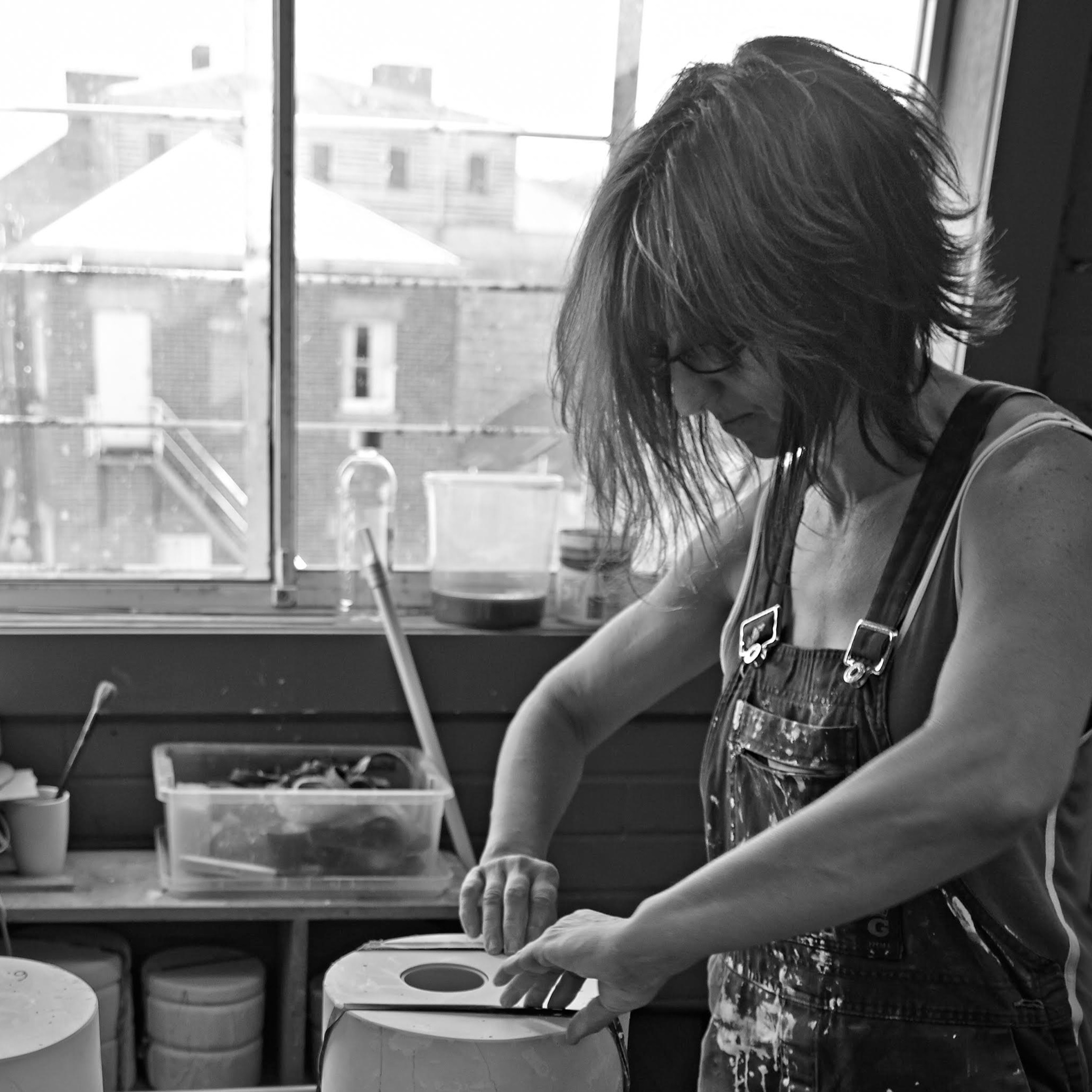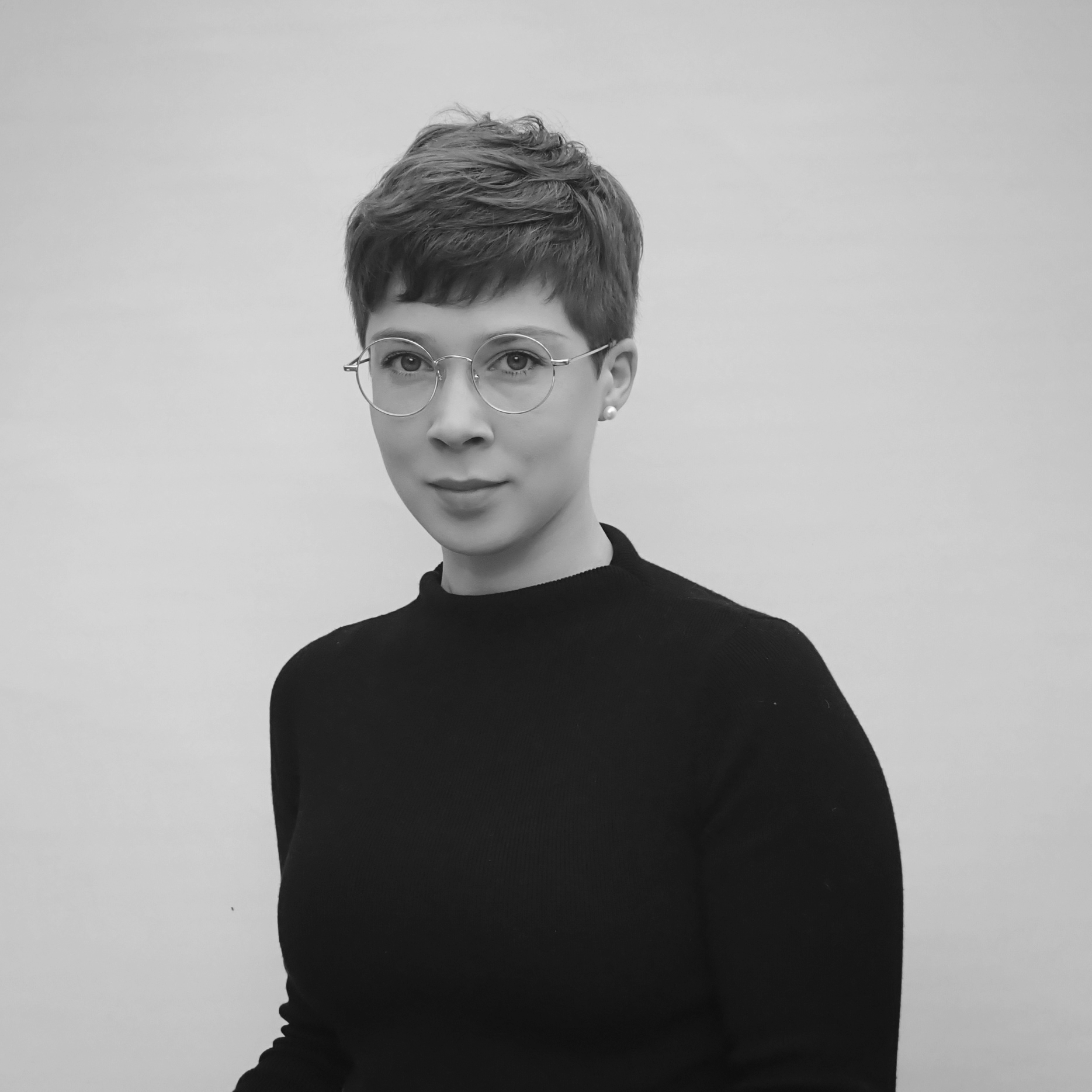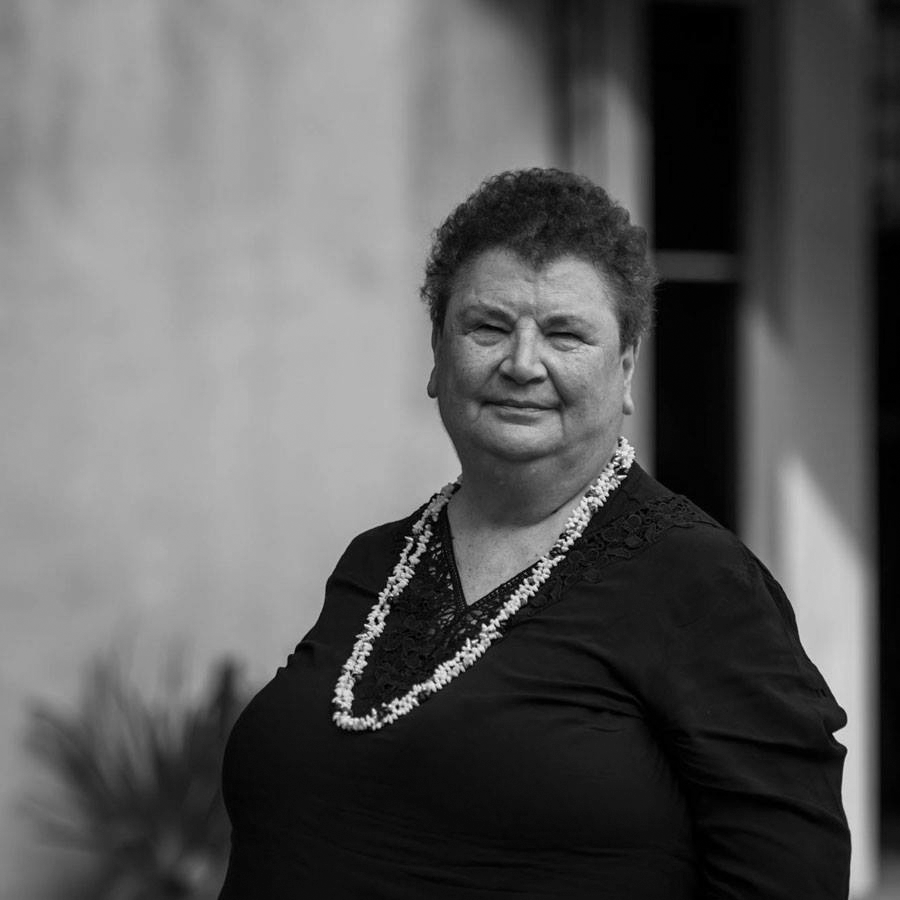Design Tasmania
Corner of Brisbane and Tamar streets
Launceston, 7250
Tasmania
info@designtasmania.com.au
+61 3 6331 5506

Melbourne Design Fair 2023
18th May - 21st May 2023
Design Tasmania returns to Melbourne Design Fair in 2023 with a showcase of the culturally unique, resourceful, and material-driven design for which Tasmania is renowned.
From ceramics formed with earthen materials of the West Coast Range, to necklaces of Maireener shells meticulously gathered in Northeast Sea Country, and furniture crafted in the Far South from torched Fiddleback Eucalypt: every piece speaks to a deeply special place, and the making it inspires.
Melbourne Design Fair
MDF Press Release
Image credit: Samantha Dennis, Scarabaeus, 2023; photo by Peter Whyte Photography

Simon Ancher, Dilston Cabinet, 2023, photo by Peter Whyte Photography
Simon Ancher | Dilston Cabinet
The Dilston has been designed as a smaller version of the popular drinks cabinet that was originally designed for Stillwater Seven luxury accommodation. Large radiused cornered doors enable hinges to be positioned significantly deeper along the side which when opened allow generous access to the offerings held within. Timber sculptural objects are a playful inclusion that encourage a curatorial approach to displaying objects inside.
Materials: Tasmanian Blackwood, Fantastico Verde Marble
Dimensions: 1300(l) x 500(w) x 950(h)mm

Kelly Austin, Stilled Composition 117, 2023, photo by Peter Whyte Photography
Kelly Austin | Stilled Composition 117
This work is contradictory. It celebrates the tradition and history of making and the relentless dedication to one’s craft, while at the same time pushing against the rigour of efficiency and utility, process and practice. From within the disciplines of studio ceramics and studio craft, objects are deconstructed, re-interpreted and re-framed against the background of painting and sculpture.
This work is quiet, focused, attentive and nuanced. It creates a space for softness, whilst also exploring the materials of this earth and their transformation: the wetness and heaviness of clay and the solidity of rock faces. It is about being in, and of, landscape: pink sand, turquoise earth, a wall of green against the setting sun’s peach-stained clouds.
Materials: stoneware, collected earthen materials, glaze, glass, metal wire, timber, acrylic paint
Dimensions: 1500(w) x 310(d) x 380(h)mm

Matthew Prince, Mill, 2023, image by Peter Whyte Photography
Matthew Prince | Mill
Mill is a dining or occasional chair intended for residential applications. The distinguishing design language is in the transition from legs to arm rest, a detail that was realised and worked through during the prototyping phase of the design process. The design intent was to combine ergonomic performance and structural integrity with a simple, elegant presence.
Materials: Tasmanian Oak, Upholstery
Dimensions: 1500(w) x 310(d) x 380(h)mm

Belinda Winkler and Kevin Perkins, Melaleuca #1, 2023, image by Peter Whyte Photography
Belinda Winkler + Kevin Perkins | Melaleuca #1
Melaleuca, from Greek melas black + leuka, feminine of leukos white. Melaleuca #1 alludes to the black of the tin and the white of the quartz at Melaleuca, in the far southwest of Tasmania, drawing parallels between the rolling hills and valleys of the landscape, the ripples in the water, along with the contour feathers and the smooth rounded eggs of the Black Swan.
Materials: Solid Torched Fiddleback Eucalypt Side Table with Porcelain Objects
Dimensions: 1950(l) x 370(w) x 980(h)mm

Samantha Dennis, Scarabaeus (detail), 2023, image by Peter Whyte Photography
Samantha Dennis | Scarabaeus
The Scarabaeus set features five new one-of-a-kind iterations of Dennis’ 2019 award winning brooch Pearl Beetle. The works feature the Dung Beetle as subject, rendered in glazed porcelain and sterling silver, with a baroque pearl taking place of the beetle’s usual harvest.
In Scarabaeus, the features of specific Dung Beetle species are represented legibly in porcelain to invite discourse regarding the use of exotic species in the Tasmanian agricultural industry. The five species depicted are the types most commonly seen in Tasmania, and which have been reported to have made positive impact in the agricultural industry since their introduction in the 1980s.
Materials: Oxidised Sterling Silver, Porcelain, Glaze, Cultured Pearl
Dimensions: 20(w) x 25(l) x 60(h)mm (approx.)

Lola Greeno, purralayde, 2023, image by Design Tasmania
Lola Greeno | purralayde, lutruwitja + luna
Lola Greeno’s practice includes installation, natural fibre basketry and sculptural pieces using Tasmanian bull kelp. However, she is best known for her shell necklaces, an art form she learnt from her palawa Elders in Tasmania. Greeno creates traditional and experimental neck pieces that are celebrated for their unique patterns, sequences and exquisite composition.
The shells are painstakingly collected and treated in an intricate process in order to retain their lustre before threading. This knowledge was passed to Greeno from her Elders, who have traditionally collected more than 21 shell varieties to make the necklaces. Greeno’s works represent her unbroken commitment to the art form, also drawing attention to environmental change that threatens the fragile natural ecosystem.
Materials;
purralayde: Penguin, Maireener, Toothy + Black Crow Shells on beading thread
lutruwitja: Maireener Shells on beading thread
luna: Maireener + Black Crow Shells on beading thread
Dimensions: 1800 (l)mm each

Lola Greeno, purralayde, 2023, photo by Peter Whyte Photography

Lola Greeno, lutruwitja, 2023, photo by Peter Whyte Photography

Lola Greeno, luna, 2023, photo by Peter Whyte Photography
Simon Ancher
Simon Ancher is a designer-maker living and working in Launceston Tasmania. After studying Furniture design in 2000 he worked from the Designer Makers Cooperative workshop in North Hobart, where he developed his practice specialising in one off commissioned work and interior fit-outs. He then moved to Launceston to study Environmental Design. From 2006 Ancher spent 10 years as Program Director of Furniture Design for the school of Architecture & Design, UTAS, Launceston. Through his practice, Simon Ancher Studio, he continues to develop his own furniture range as well as undertake commissioned work including public art and seating. Ancher’s work is informed by the use of appropriate materials over style and is inspired by observation.
Designer Profile

Image Credit: Simon Ancher, photo by Adam Gibson
Kelly Austin
Kelly Austin is an artist living in lutruwita/Tasmania, Australia and works primarily with ceramic materials. She completed a Bachelor of General Fine Arts from the Emily Carr University in Vancouver, Canada in 2011, a Master of Philosophy from the Australia National University, Canberra in 2016 and a Bachelor of Architecture and Built Environment from the University of Tasmania in 2021.
Austin’s work has been exhibited in curated exhibitions across Australia, Canada and The United States of America. In 2018, her work was included in The Churchie National Emerging Art Prize at the QUT Art Museum in Brisbane, Australia. Kelly received the The National Still Life Prize from Coffs Harbour Regional Gallery in Coffs Harbour, Australia in 2019. In 2021, her work was included in the Women’s Art Prize, Tasmania and in 2022, the Woollahra Small Sculpture Prize in Sydney, Australia.
Kelly has undertaken numerous international artist residencies including QBank Gallery in Queenstown, Tasmania and Medalta International Ceramic Residency in Medicine Hat, Canada. Her work is held in both private and public collections including: The Tasmanian Museum and Art Gallery, the Coffs Harbour Regional Gallery and the Art Gallery of Ballarat.
Designer Profile

Image Credit: Kelly Austin, photo by Jamie Williams/Coffs Harbour Regional Gallery
Matthew Prince
Matthew Prince is a furniture designer based in Launceston, Tasmania. His practice ranges from designing and making bespoke pieces for private clients, to developing furniture products for large-scale production.
With an Associate Degree from the Australian School of Fine Furniture and a Bachelor Degree in Furniture Design from the School of Architecture and Design, UTAS, Prince’s training provides a strong foundation as both a designer and maker. His ability to draw connections between conceptual development and practical execution is at the core of his practice, and provides a basis for design language and innovation. Prince aims to design furniture solutions that are simple, elegant and honest, maintaining a quiet presence and complimenting their surroundings.
Designer Profile

Image Credit: Matthew Prince, photo by Jesse Hunniford
Belinda Winkler
Winkler was born and raised in Tasmania and has had a lifetime of involvement with the Tasmanian landscape.
As an artist and designer, Winkler’s practice spans ceramics, sculpture and design. At the heart of her practice is the poetic notion of a sense of life within form. This notion rests on two assumptions; firstly, that curves projecting tension and energy are difficult to view with detachment. Such curves invite associations beyond the visual and the intellectual. They are evocative, and thus have the potential to generate connections, sensually, emotionally, and imaginatively — they tempt touch, be that with the eyes, the hands, the memory, or the imagination. The second assumption is that that the tactile dimension of these works is deeply implicated in these connections.
Winkler completed a PhD focussing on Reflective, Practice-based Research through RMIT University’s School of Architecture and Design in 2014, having previously received a Bachelor of Fine Arts with First Class Honours at the University of Tasmania and the Australian Postgraduate Award in 2006 and a Bachelor of Education in 1986. Winkler has created works for numerous public art commissions and her sculptures and designed objects have been widely exhibited in solo and group exhibitions locally and nationally and are included in numerous public and private collections.
Designer Profile

Image Credit: Belinda Winkler, photo by Peter Whyte Photography
Kevin Perkins
Kevin Perkins grew up on the fringes of Devonport, Tasmania & learnt about timber from his father. He completed a Joinery Apprenticeship in 1965, Industrial
Arts Teaching Diploma in 1969, then Sculpture at the School of Art, Hobart.
Major commissions include Launceston General Hospital Chapel 1979, the Prime Minister’s suite in New Parliament House, Canberra 1985-1988, Parramatta Cathedral 2001-2008. Perkins is a retired lecturer (part-time), Centre for Furniture Design, School of Art, Hobart.
He has pieces in the Powerhouse Museum, Sydney, the Australian National Gallery, Canberra, the Queen Victoria Museum & Art Gallery, Launceston, the Tasmanian Museum & Art Gallery, Hobart, & Design Tasmania, Launceston, & in private collections in USA & Australia.
Perkins is interested in landscape, flora & fauna, particularly birds, & Tasmanian Artists, old and emerging.
Designer Profile

Image Credit: Kevin Perkins, photo courtesy of the designer
Samantha Dennis
Samantha Dennis is a visual artist working in lutruwita (Tasmania). Dennis is fascinated by the ways society has sought to explain and order the phenomena of life. Her work navigates themes from natural history and the material qualities associated with fine crafts, such as goldsmithing and ceramics, to reflect on the relationship between people and nature, with a particular interest in how we conceive animals that are often considered unrelatable, undesirable, unfamiliar.
Dennis has received a range of project funding, grants, commissions, and residencies through the Regional Arts Fund, Australia Council for the Arts, and Arts Tasmania. She worked on the board of Sawtooth ARI 2014-18 and was invited to join the Arts Tasmania Cultural and Creative Industries Expert Register in 2017. She is the winner of the 2016 Artentwine Biennale Small Sculpture Prize, the 2019 Design Tasmania Jewellery Award and the 2019 FIND Gallery Jewellery Bursary. Dennis was a participant of the 2021 Situate program and is currently undertaking a PhD project with UTAS.
Designer Profile

Image Credit: Samantha Dennis, photo courtesy of the designer
Lola Greeno
As a highly respected Tasmanian Indigenous shell worker, sculptor, installation and fibre artist, originally from Cape Barren Island but now living in Launceston Tasmania, Lola Greeno was awarded Craft Australia's Living Treasures Award for 2014.
With more than 30 years of traditional shell necklace making; the knowledge and customs that were passed down from mother to daughter; Lola is one of a handful of women shell stringers who have been responsible for ensuring the craft is passed on from their Elders and continued to the present day.
Although a traditional craft, Lola today works with the shell necklaces in a contemporary manner, sometimes incorporating them with woven fibre works or as parts of installations. Her work is not static or held in the past; it speaks of today's Tasmanian indigenous women.
Designer Profile

Image Credit: Lola Greeno, photo by Emily Dimozantos